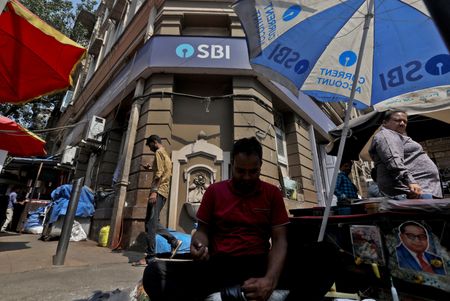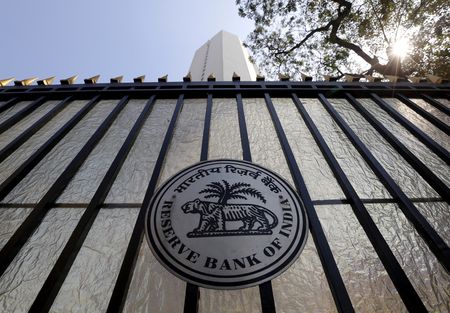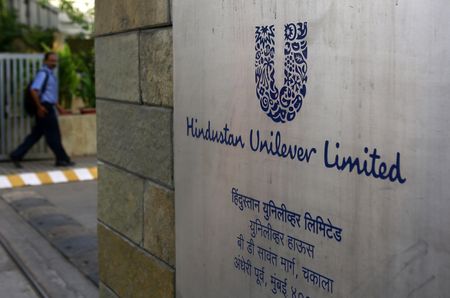MUMBAI (Reuters) – Indian banks’ net interest margins (NIMs) will likely decline by 10 basis points on average in 2025-26 due to the Reserve Bank of India’s interest rate cuts, but the drop will be cushioned by the central bank easing liquidity conditions, Fitch Ratings said.
Last week, the RBI started its rate-cutting cycle by lowering its key policy rate by 25 bps to 6.25% and said it would be watchful and proactive with liquidity measures, given the banking system has been in a liquidity deficit for the last two months.
“The immediate effect will be felt on floating loans linked to external benchmarks, such as housing and SME (small and medium enterprises) loans, but will also be felt through fresh loans in a declining policy rate environment,” Fitch Ratings said in a statement late on Wednesday.
Non-bank financial institutions may also see pressure on net interest margins (NIMs) — the difference between interest earned and paid — in segments where they compete with banks, such as near-prime urban housing or commercial loans, the rating agency said.
While the pass-through to loan rates should happen immediately, analysts expect a short-term hit to banks’ NIMs since deposit repricing comes with a lag.
Indian banks’ NIM remained “healthy” at 3.5% from April to September, Fitch said, noting the dip from about 3.6% in fiscal 2024 was partly due to the upward repricing of deposits as liquidity tightened.
“We believe the sector’s NIM will trend towards the long-term average of about 3% amid slower loan growth and lower yields,” Fitch said.
However, it warned that if tight liquidity prevented banks from lowering deposit costs in line with falling policy rates, their NIMs could narrow faster than expected.
The banking system’s liquidity hit a one-year high of over three trillion rupees ($34.31 billion) in January and was above 2 trillion rupees on Wednesday.
Fitch said banks might get some near-term support from delays in implementing higher deposit run-off rates and expected credit losses until after 2025-26.
(Reporting by Siddhi Nayak; Editing by Savio D’Souza)









